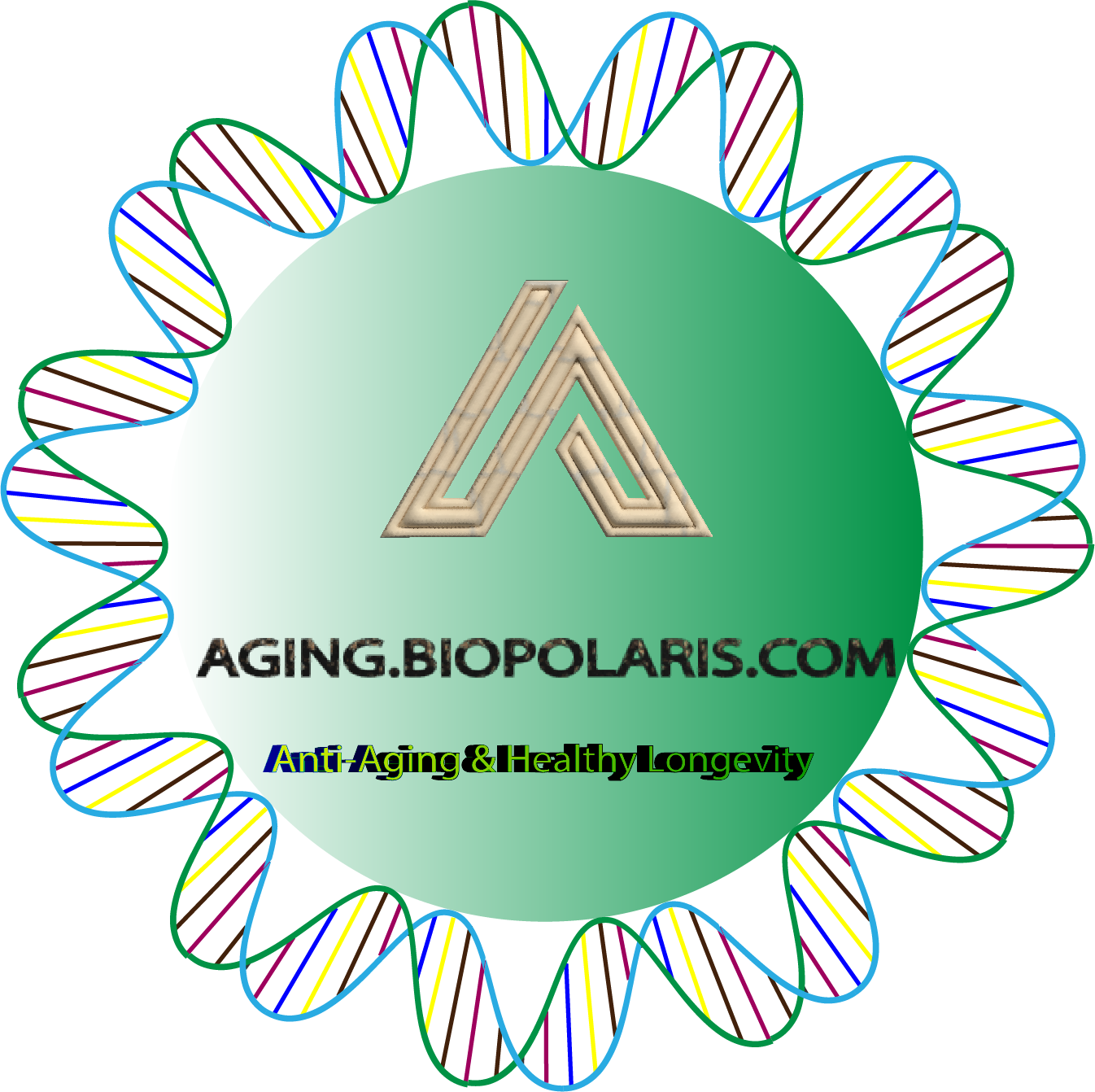Nature Aging
An assessment of intrinsic capacity among older Indian adults from the Longitudinal Ageing Study in India
Reframing biological age as risk-equivalent age
Microbiota safeguards ovarian reserve and extend reproductive lifespan
Peritumoral colonic epithelial cell-derived GDF15 sustains colorectal cancer via regulation of glycolysis and histone lactylation
Protein restriction reshapes aging across organs
Proteogenomics uncovers biological fingerprints of small vessel disease
Organ-specific proteomic aging clocks predict disease and longevity across diverse populations
Iron homeostasis and cell clonality drive cancer-associated intestinal DNA methylation drift in aging
A National Institute on Aging workshop on the long-term effects of pregnancy on aging
Revealing epigenetic drift in intestinal pathogenesis with age
Anti-uPAR CAR T cells reverse and prevent aging-associated defects in intestinal regeneration and fitness
Dissecting the genetic and proteomic risk factors for delirium
Clonal hematopoiesis in apparent treatment-resistant hypertension, insights from multiple medical centers and community-based cohorts
Targeting RhoA nuclear mechanoactivity rejuvenates aged hematopoietic stem cells
Author Correction: Loss of MFE-2 impairs microglial lipid homeostasis and drives neuroinflammation in Alzheimer’s pathogenesis
Reprogramming the GRHL2−CDK19 axis by gene therapy alleviates prostate aging
Proteogenomics in cerebrospinal fluid and plasma reveals new biological fingerprint of cerebral small vessel disease
The Vatican City Declaration on Global Aging advocates advancing inclusive and productive futures for all
Author Correction: A blood-based DNA damage signature in patients with Parkinson’s disease is associated with disease progression
Single-cell analysis of the somatic mutational landscape in human chondrocytes during aging and in osteoarthritis
How long will we live? And how much of that time will comprise a healthy life? What is aging, and can we stop or even reverse the aging process? What is the connection between aging and disease? Can we predict the evolving trends in the aging of human populations and prepare our societies for what has been called the Silver Tsunami? These are some of the important questions that the broad field of aging research is trying to address and that together form one of the Grand Challenges of the twenty-first century. The mission of Nature Aging is to provide a unique multidisciplinary, unifying and highly visible publishing platform for the aging-research community. The journal is highly selective yet broad in its coverage, publishing research from across the entire spectrum of the field, ranging from the basic biology of aging to the impact of aging on society. The journal aims to foster interactions among different areas of this diverse field of research and to promote new and exciting ideas within and beyond the research community, to enable synergy and maximize scientific and societal impact.
Subscribe to Nature Aging feed
